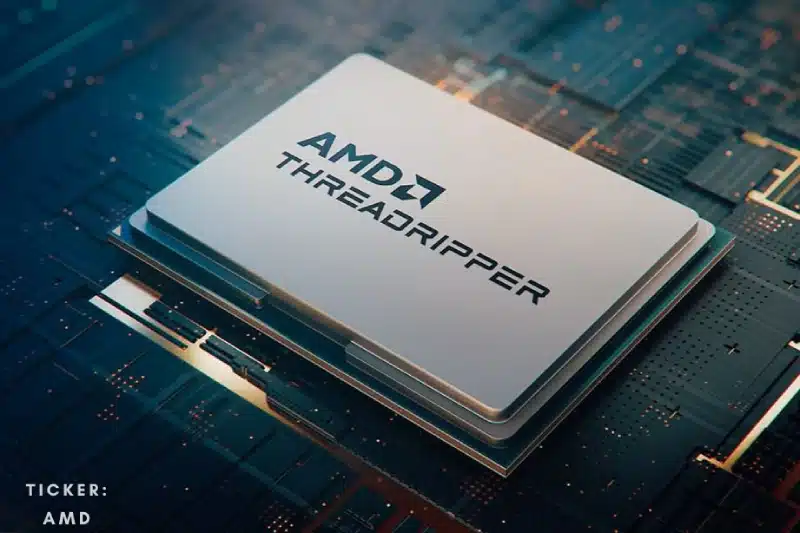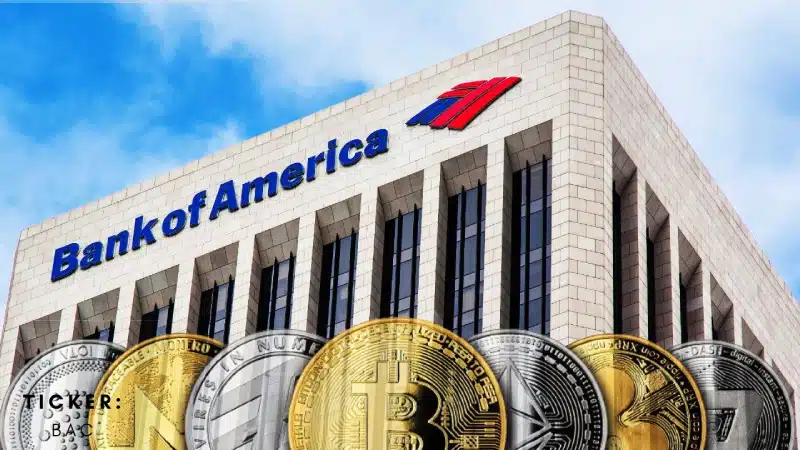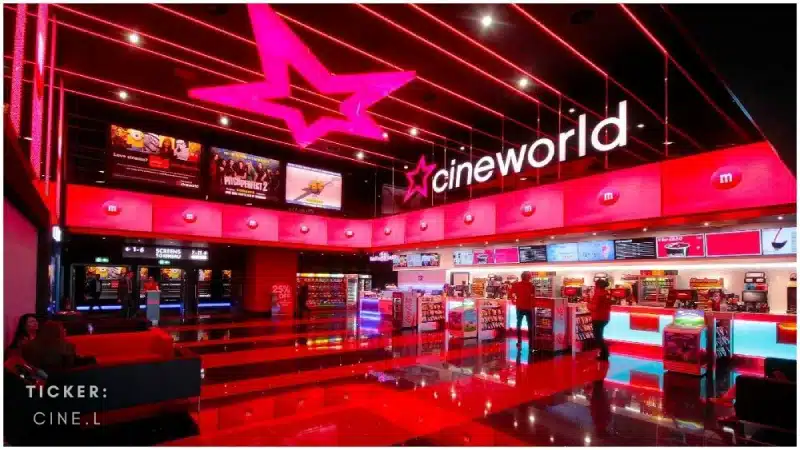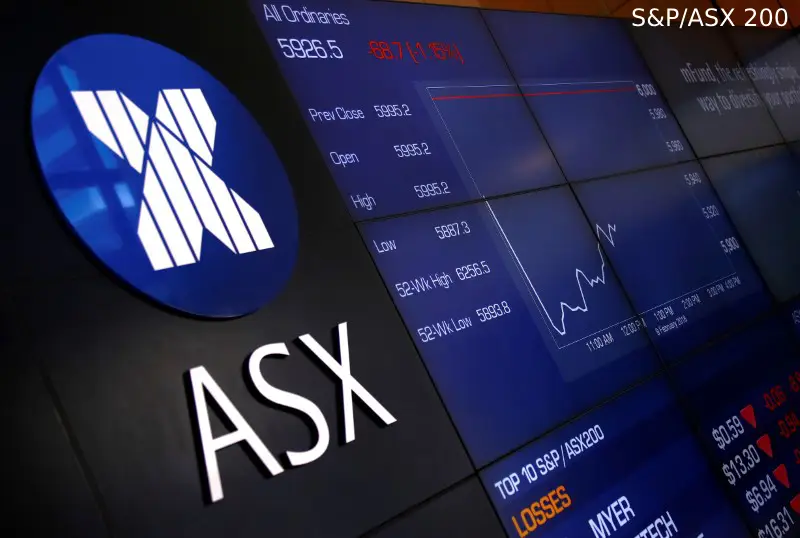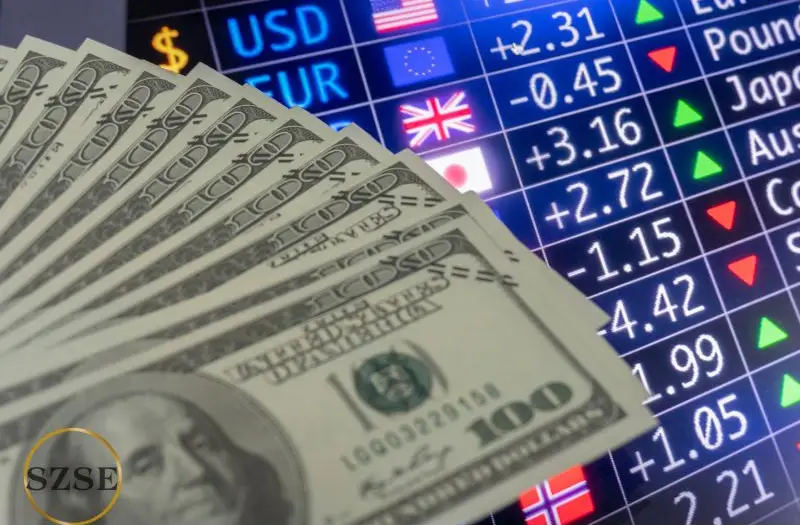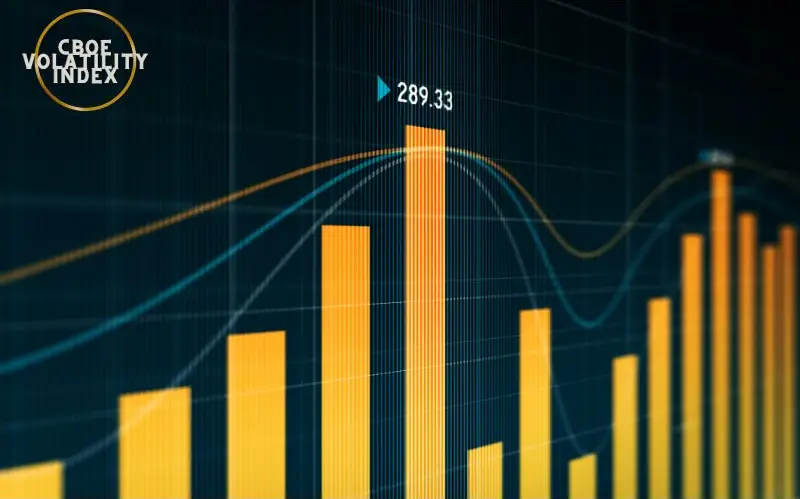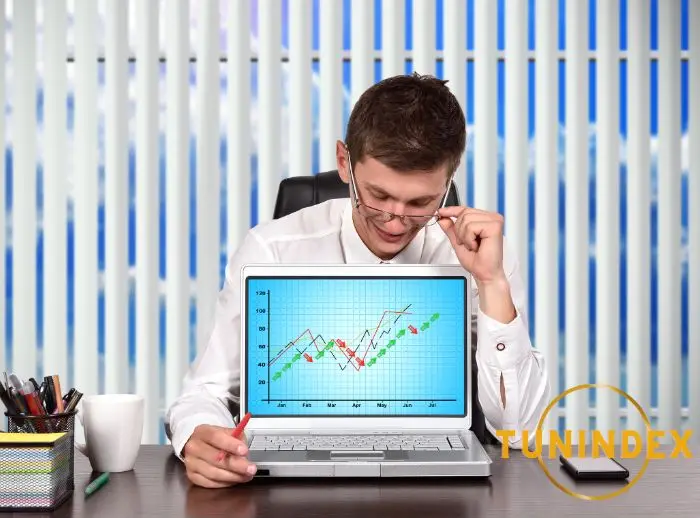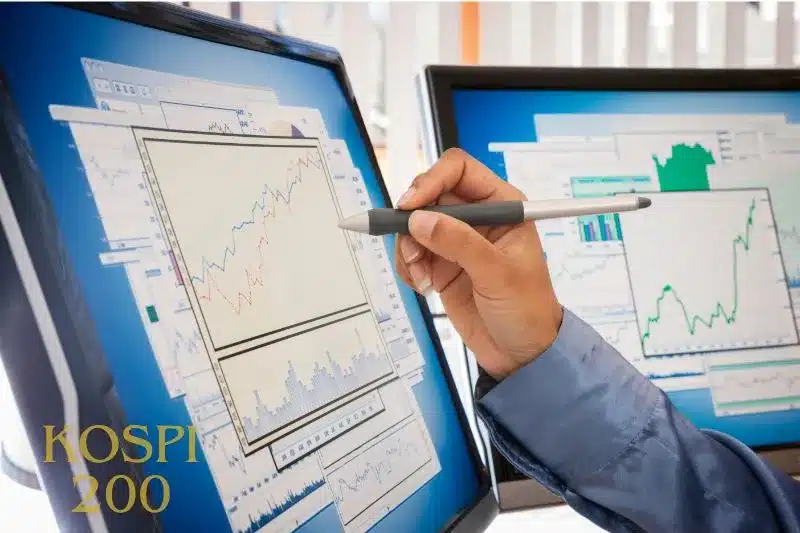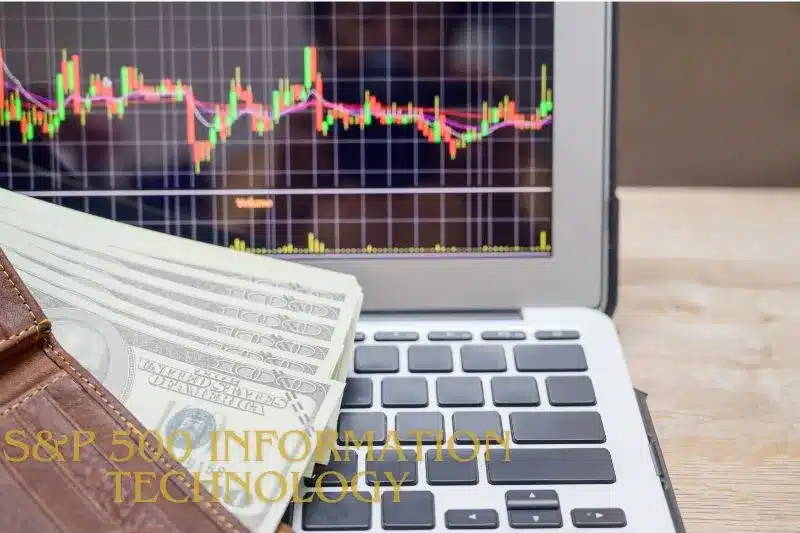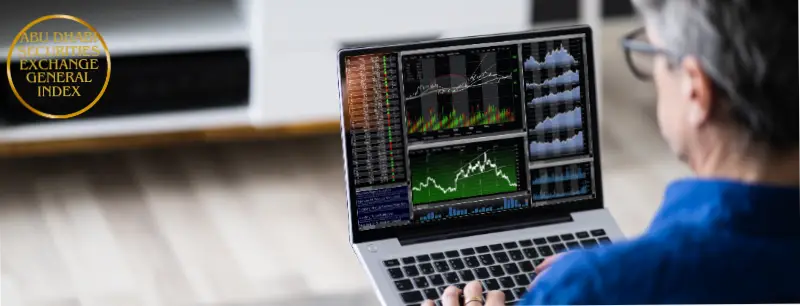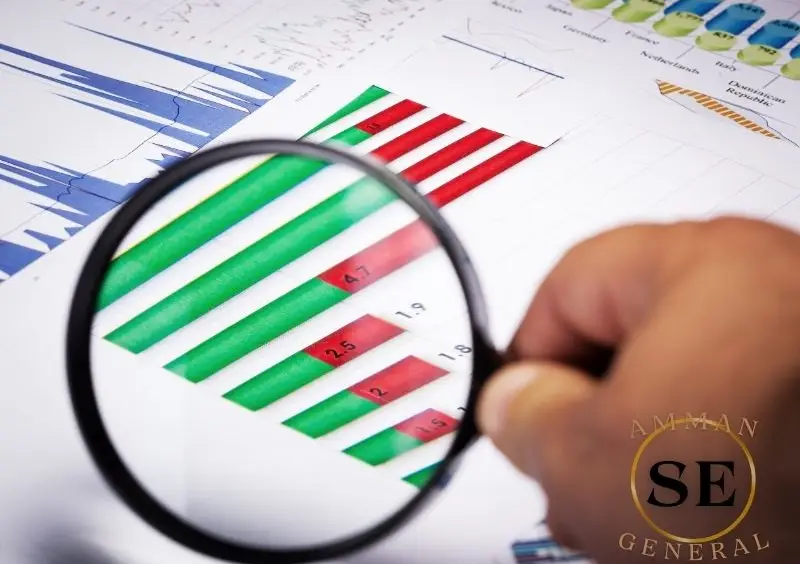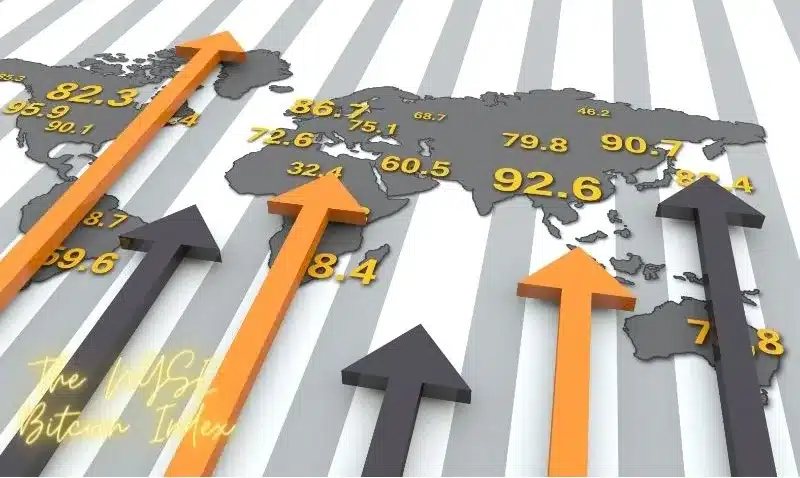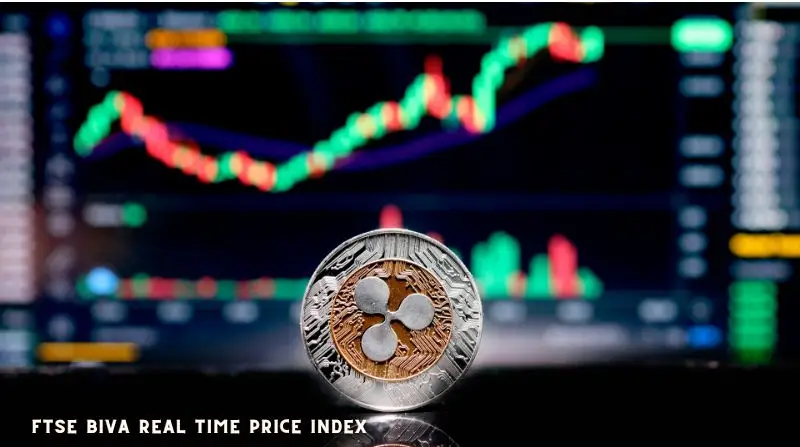Nikkei 225: Japan’s Premier Stock Index
The Nikkei 225 is a key indicator of the performance of the Japanese stock market, comprised of 225 leading companies in various sectors. Established in 1950, it has become one of the most widely watched indices in Asia.
- Volatile Movement: The Nikkei 225 is known for its volatile movement, influenced by factors such as global economic trends, currency fluctuations, and political developments.
- Blue-Chip Companies: The index includes well-known Japanese companies like Toyota, Sony, and SoftBank, making it a benchmark for the country’s economy.
- Investor Interest: Investors closely monitor the Nikkei 225 for insights into market sentiment and potential investment opportunities in Japan.
Overall, the Nikkei 225 serves as a crucial barometer of Japan’s economic health and provides valuable insights for investors looking to diversify their portfolios internationally.
Opening hours Nikkei 225
The Nikkei 225 is the premier stock market index in Japan, tracking the performance of the top 225 companies listed on the Tokyo Stock Exchange. The trading hours for the Nikkei 225 are from 9:00 AM to 3:00 PM JST (Japan Standard Time), Monday to Friday.
Why invest in the Nikkei 225
Investing in the Nikkei 225 can provide investors with exposure to some of Japan’s largest and most stable companies across various sectors such as technology, automotive, and finance. The Japanese economy is known for its resilience and innovation, making it an attractive option for diversifying investment portfolios.
Major stocks on the Nikkei 225
- Toyota Motor Corporation (7203)
- Sony Corporation (6758)
- SoftBank Group Corp. (9984)
- Honda Motor Co., Ltd. (7267)
Stock index in Japan
The Nikkei 225 is not the only stock index in Japan; another prominent one is the TOPIX (Tokyo Stock Price Index), which includes a broader range of companies listed on the Tokyo Stock Exchange. Both indices play significant roles in reflecting the overall performance of Japanese equities and are closely watched by investors worldwide.
Nikkei 225 in Japan as a regulated indice
The Nikkei 225 is a stock market index for the Tokyo Stock Exchange (TSE), which is considered one of the most important indices in Japan. It consists of 225 blue-chip companies listed on the TSE, representing various sectors of the Japanese economy.
- Regulated: The Nikkei 225 is regulated by the Japan Exchange Group (JPX), which oversees the TSE and ensures that all listed companies adhere to strict reporting and disclosure requirements.
- Transparency: Transparency is key in maintaining the integrity of the Nikkei 225 index. All changes to the index composition are publicly announced in advance, allowing investors to make informed decisions.
- Diversification: The Nikkei 225 provides investors with exposure to a diverse range of industries, including technology, automotive, finance, and healthcare. This diversification helps reduce risk and volatility in the overall index.
Overall, the Nikkei 225 serves as a barometer for the performance of the Japanese stock market and is closely watched by investors both domestically and internationally. Its regulated nature ensures that it remains a reliable indicator of market trends in Japan.
The Nikkei 225 Stock Index in Japan
The Nikkei 225 is a major stock market index for the Tokyo Stock Exchange in Japan, consisting of the top 225 companies listed on the exchange. It is widely used as a benchmark for the Japanese stock market and is closely watched by investors and traders around the world.
With companies spanning various industries such as technology, automotive, and finance, the Nikkei 225 provides a comprehensive view of the Japanese economy and market trends.
How to Signup on an English Stock Trading Platform
If you’re interested in trading stocks on international indices like the Nikkei 225, you can sign up on an English stock trading platform that offers access to global markets. Here’s how:
- Choose a reputable platform: Look for a well-established stock trading platform that offers access to the Nikkei 225 and other international indices.
- Create an account: Sign up on the platform by providing your personal information and verifying your identity.
- Deposit funds: Transfer funds into your trading account to start buying and selling stocks on the Nikkei 225.
- Start trading: Once your account is set up and funded, you can start trading stocks on the Nikkei 225 through the platform’s user-friendly interface.
By following these steps, you can gain exposure to global markets like the Nikkei 225 and take advantage of opportunities in different regions around the world. Happy trading!
Nikkei 225 Overview
The Nikkei 225 is a stock market index that tracks the performance of the top 225 companies listed on the Tokyo Stock Exchange. It is one of the most widely followed indicators of the Japanese stock market.
Performance
In recent years, the Nikkei 225 has shown strong performance, reaching record highs in 2021. This growth has been driven by a combination of factors, including a recovering economy, increased investor confidence, and government stimulus measures.
Volatility
Like all stock markets, the Nikkei 225 can experience periods of volatility. Factors such as geopolitical events, economic data releases, and corporate earnings reports can all impact the index’s performance.
Investment Opportunities
- Diversification: Investing in the Nikkei 225 can provide exposure to a wide range of industries and sectors within the Japanese economy.
- Growth Potential: With Japan being home to several global industry leaders in technology, automotive, and healthcare, there is significant growth potential for investors in the Nikkei 225.
- Risk Management: By investing in a diversified index like the Nikkei 225, investors can spread their risk across multiple companies and reduce exposure to individual stock volatility.
In conclusion, the Nikkei 225 offers investors an opportunity to gain exposure to Japan’s vibrant economy and diverse range of industries. While it may experience periods of volatility, its long-term growth potential makes it an attractive option for those looking to diversify their investment portfolio.











